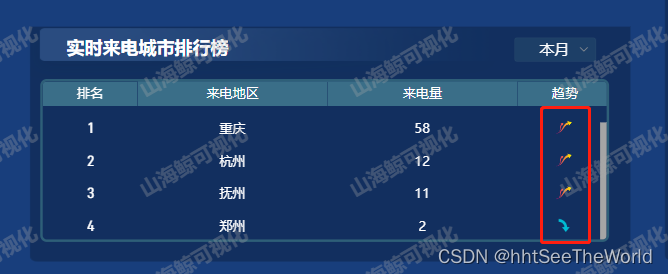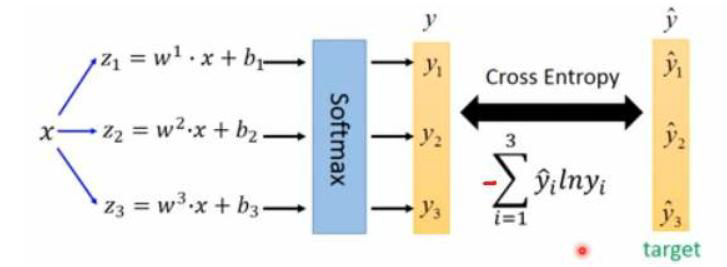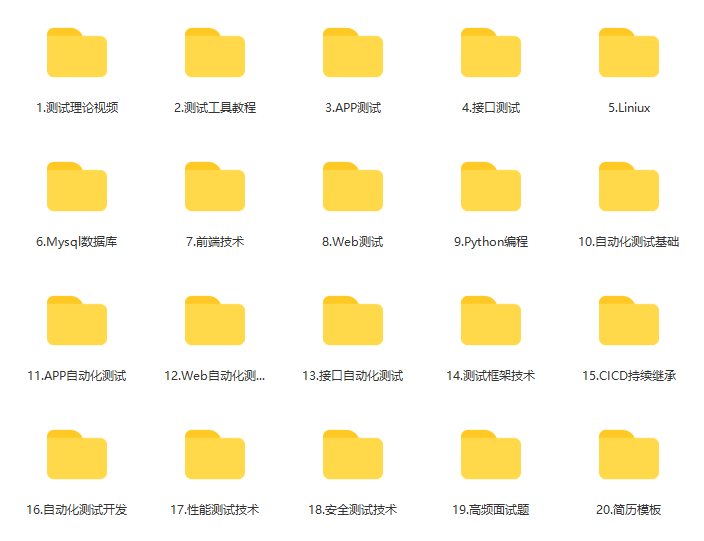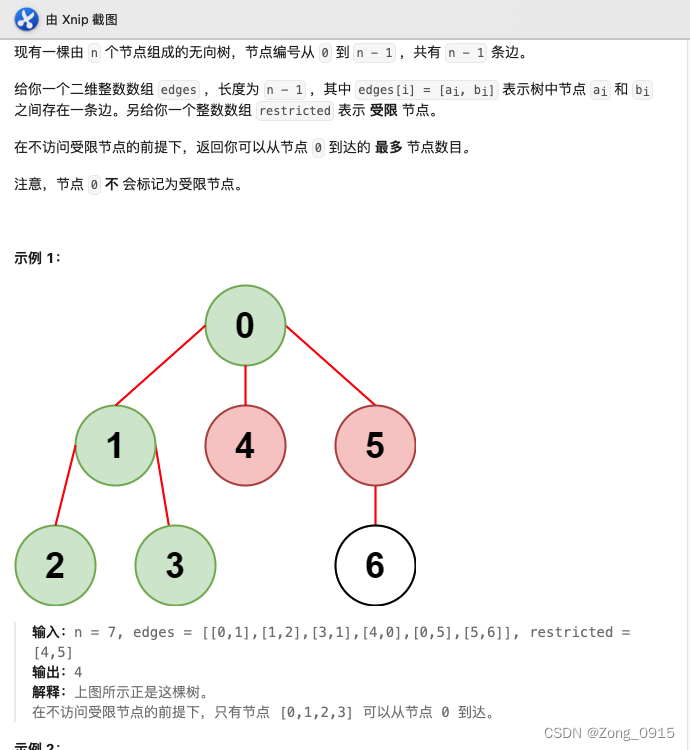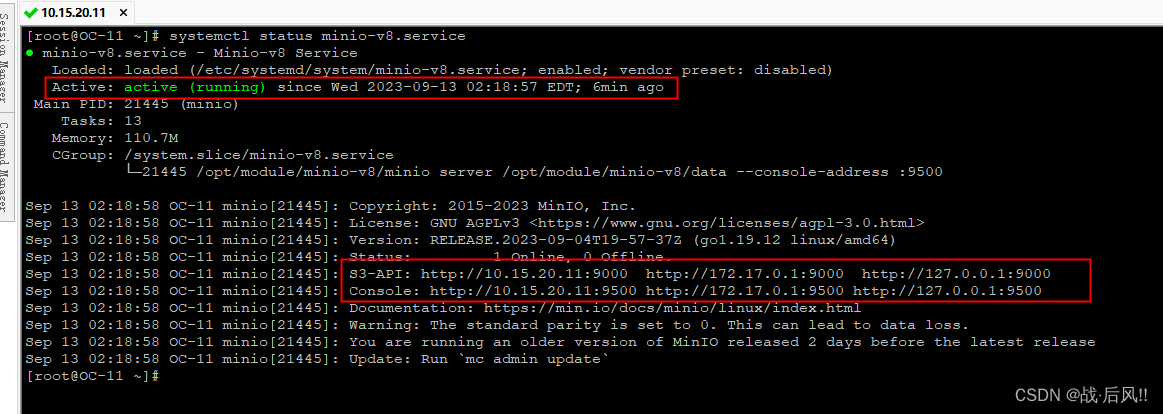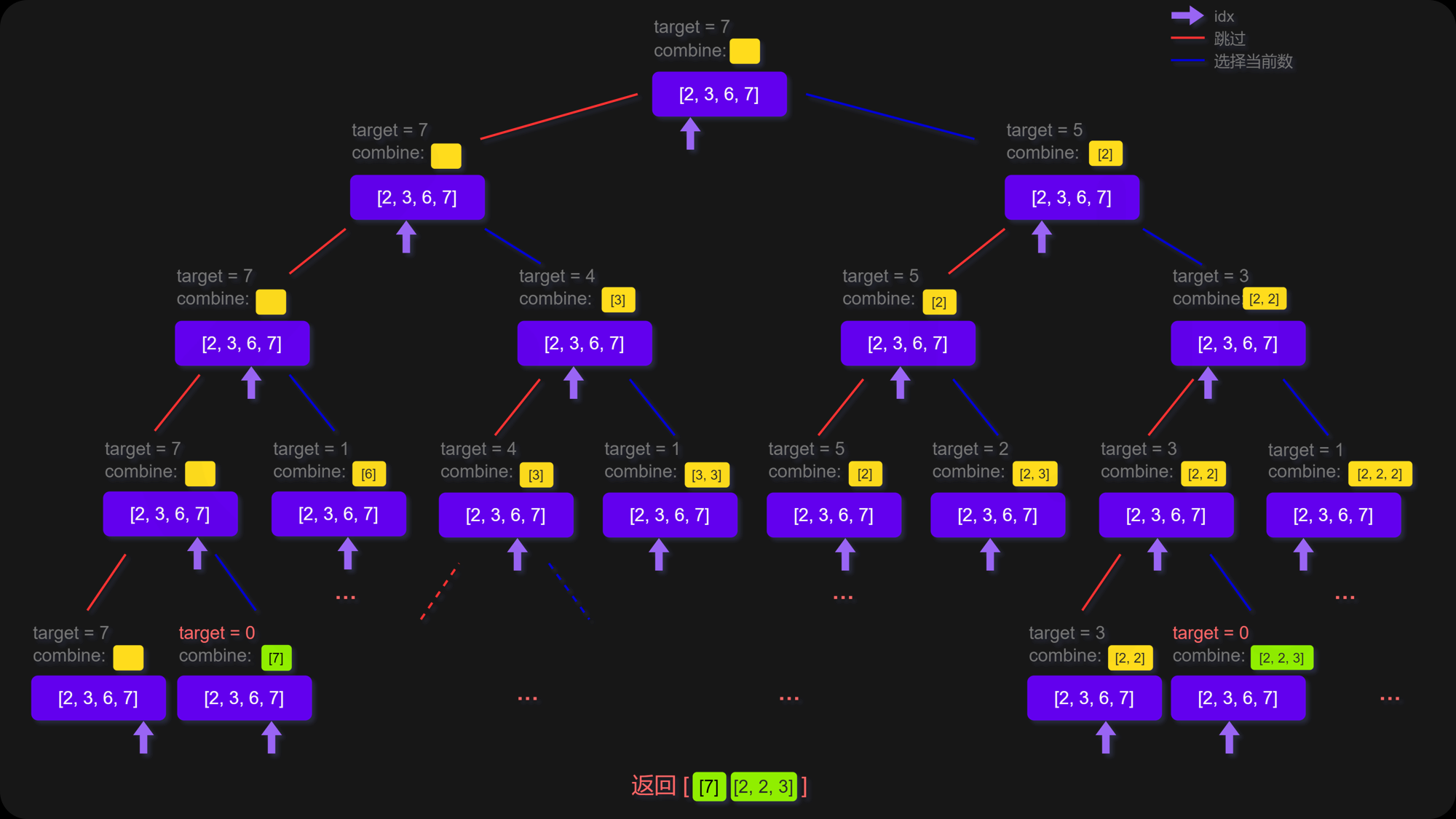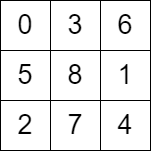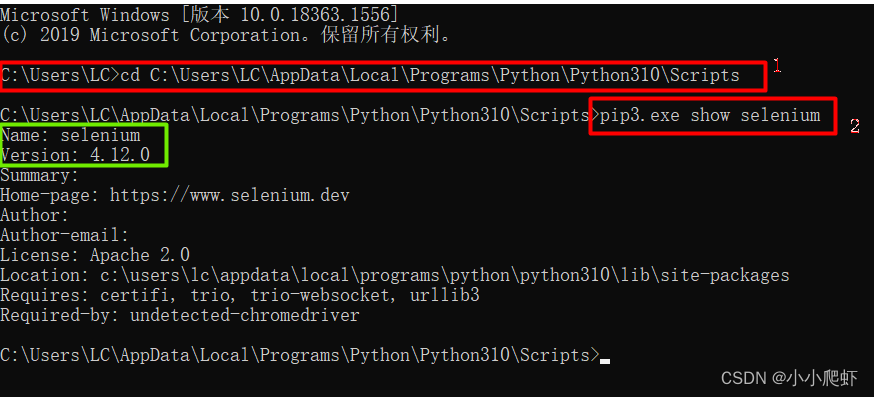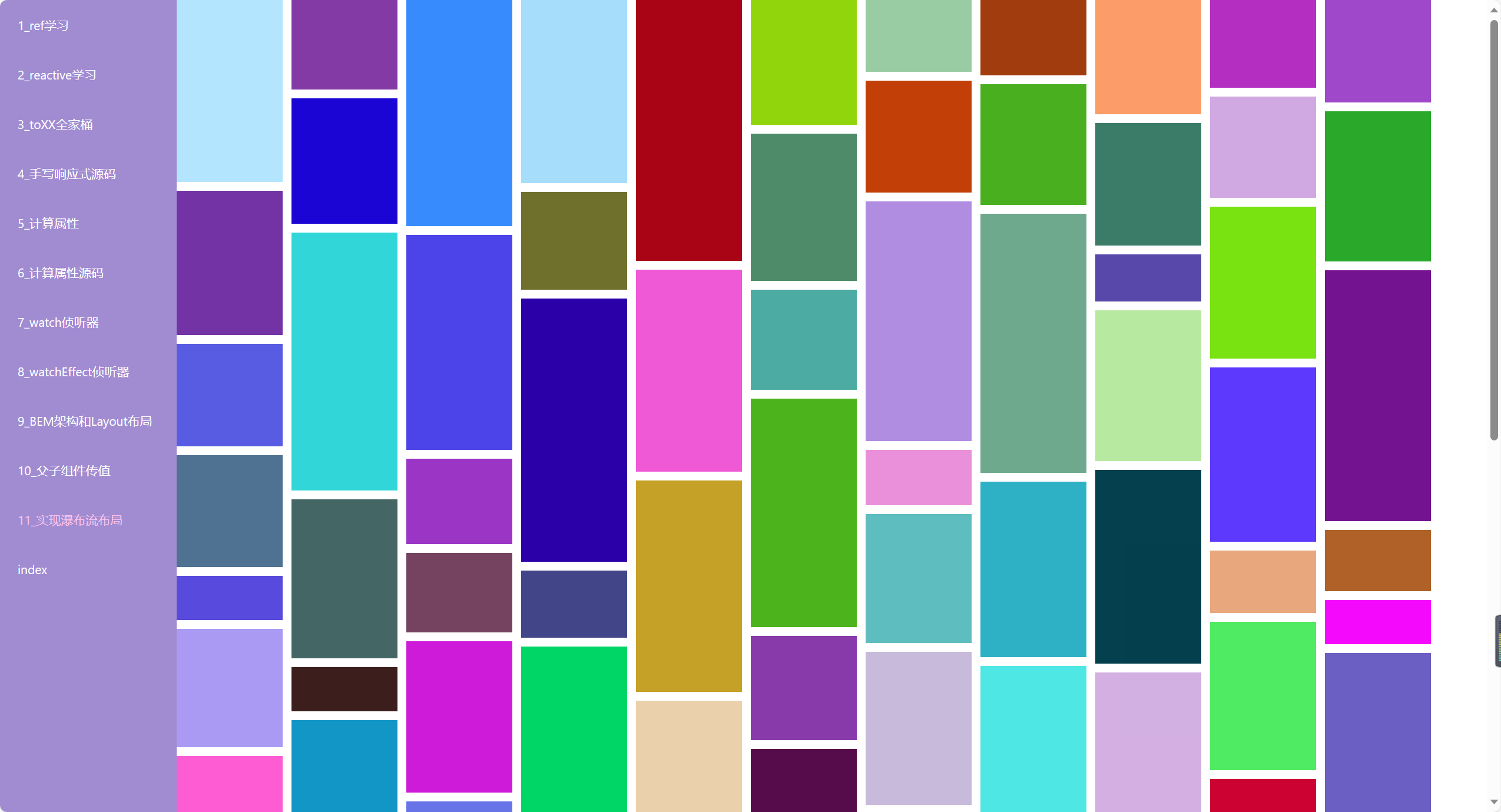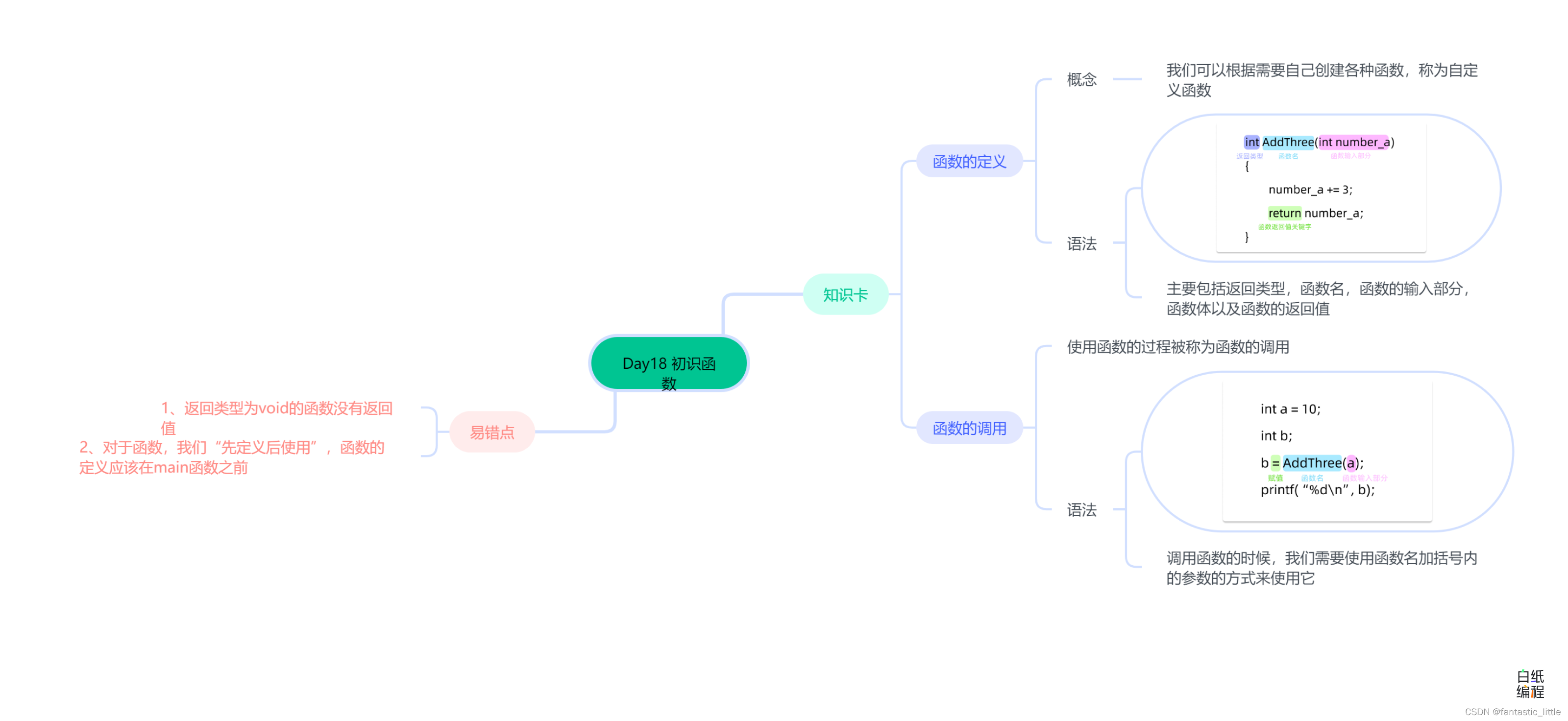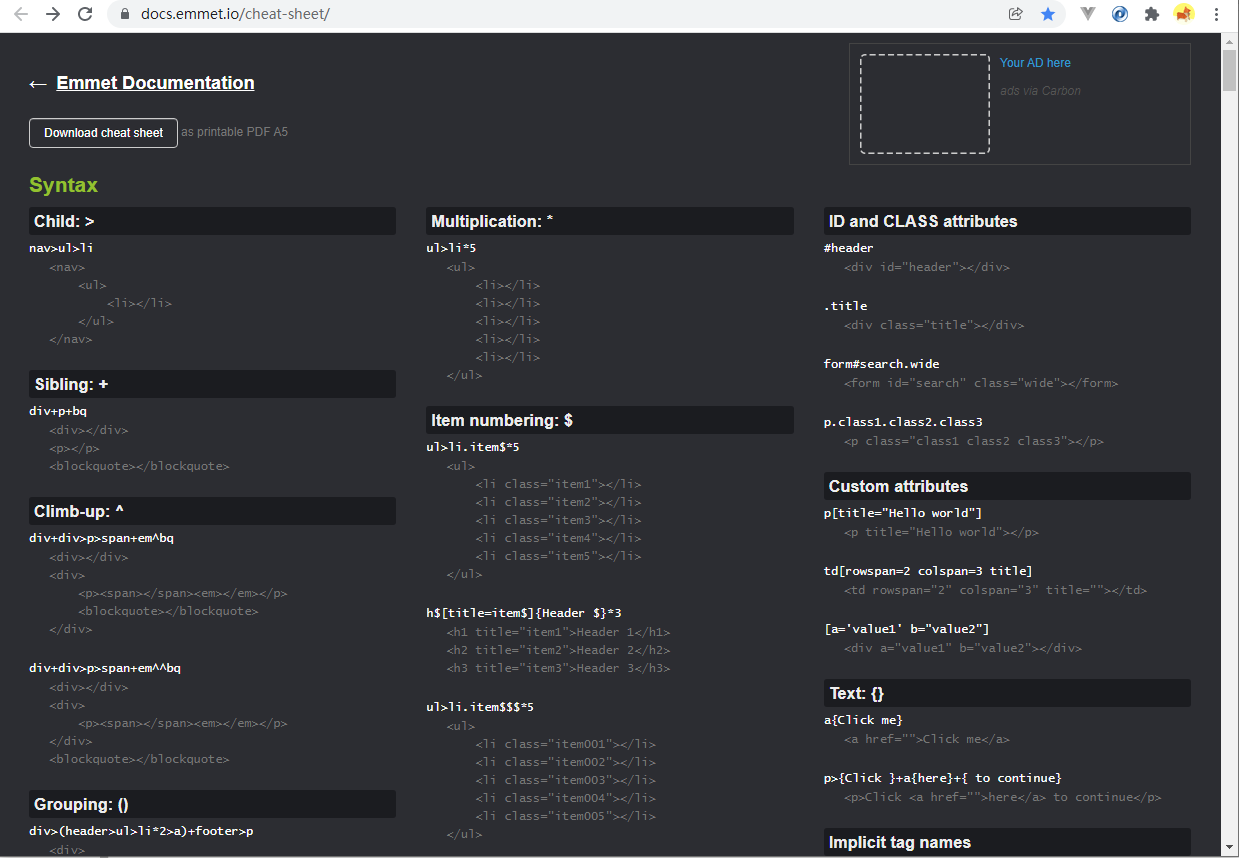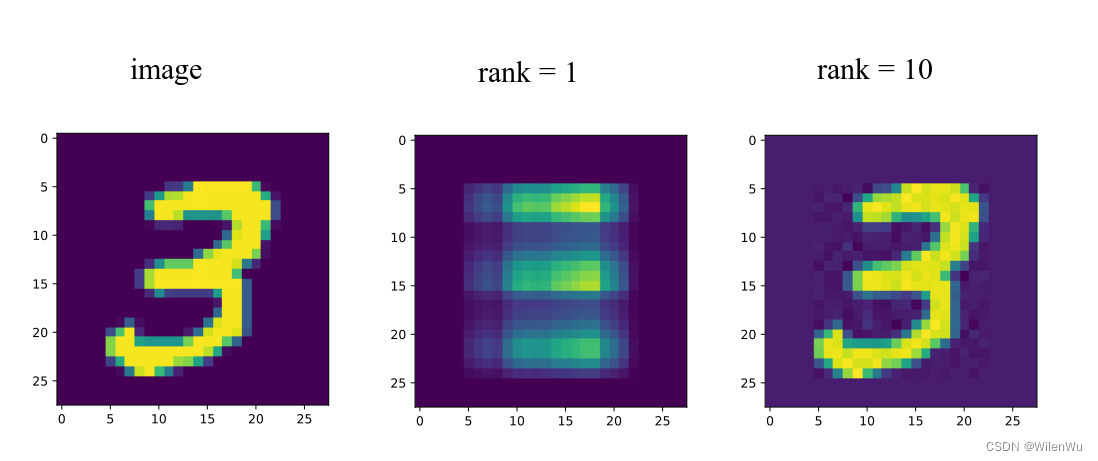文章目录
- 一、collect_set()/collect_list()
- 二、实际运用
- 把同一分组的不同行的数据聚合成一个行
- 用下标可以随机取某一个
- 聚合后的中的值用‘|’分隔开
- 使用collect_set()/collect_list()使得全局有序
一、collect_set()/collect_list()
在 Hive 中想实现按某字段分组,对另外字段进行合并,可通过collect_list()或者collect_set()实现。
-
collect_set()函数与collect_list()函数:列转行专用函数,都是将分组中的某列转为一个数组返回。有时为了字段拼接效果,多和concat_ws()函数连用。
-
collect_set()与collect_list()的区别:
- collect_list()函数 - - 不去重
- collect_set()函数 - - 去重
有点类似于Python中的列表与集合。
二、实际运用
创建测试表及插入数据
drop table test_1;
create table test_1(
id string,
cur_day string,
rule string
)
row format delimited fields terminated by ',';insert into test_1 values
('a','20230809','501'),('a','20230811','502'),('a','20230812','503'),('a','20230812','501'),('a','20230813','512'),('b','20230809','511'),('b','20230811','512'),('b','20230812','513'),('b','20230812','511'),('b','20230813','512'),('b','20230809','511'),('c','20230811','512'),('c','20230812','513'),('c','20230812','511'),('c','20230813','512');
把同一分组的不同行的数据聚合成一个行
举例1:按照id,cur_day分组,取出每个id对应的所有rule(不去重)。
select id,cur_day,collect_set(rule) as rule_total from test_1 group by id,cur_day order by id,cur_day;

举例2:按照id,cur_day分组,取出每个id对应的所有rule(去重)。
select id,cur_day,collect_list(rule) as rule_total from test_1 group by id,cur_day order by id,cur_day;

用下标可以随机取某一个
select id,cur_day,collect_list(rule)[0] as rule_one from test_1 group by id,cur_day order by id,cur_day;select id,cur_day,collect_set(rule)[0] as rule_one from test_1 group by id,cur_day order by id,cur_day;

聚合后的中的值用‘|’分隔开
select id,cur_day,concat_ws('|',collect_list(rule)) as rule_total from test_1 group by id,cur_day order by id,cur_day;select id,cur_day,concat_ws('|',collect_set(rule)) as rule_totalfrom test_1 group by id,cur_day order by id,cur_day;

使用collect_set()/collect_list()使得全局有序
现在需求:严格按照同一个id进行分组,规则按时间升序排序,使用collect_list()将时间与规则按升序排序且一 一 对应展示出来。
1.原数据详情:

2.要求输出结果如下:按id分组,将rule按cur_day升序排序,将cur_day,rule放在一个列表中,并且列表中cur_day与rule是按升序一一对应的关系。

3.实现思路:将其使用row_number()over(partition by id order by cur_day as)排序,然后再使用collect_list()或者collect_list()/collect_set()进行聚合就可以了。
drop table test_2 ;
create table test_2 as
select id,collect_list(cur_day),collect_list(rule)
from (
select t.id,t.cur_day,t.rule,row_number() over(partition by id order by cur_day asc) rn from test_1 t
)t group by id ;select * from test_2 group by id order by id;

4.发现问题:cur_day数组内的时间并没有按照升序排序输出。
5.原因分析:
- HiveQL执行时,大部分情况都会转换为MR来执行,当开户多个Mapper的时候,Mapper1可能处理的是id为a,cur_day排名为1、2、3的数据,Mapper2可能处理的id为a,cur_day排名为4、5、6的数据。
- collect_list()的底层是ArrayList来实现的,当put到ArrayList的时候,不一定是哪个Mapper先,哪个Mapper后,所以会出现20230811、20230812、20230813在20230809前面的情况。所以,row_number() over(partitiion by order by) 与collect_list一起使用只能实现局部有序,不能实现全局有序。
6.解决方案:
- 方法一:全局 order by
drop table test_2 ;
create table test_2 as
select id,collect_list(cur_day),collect_list(rule)
from (select t.* from(select t.id,t.cur_day,t.rule,row_number() over(partition by id order by cur_day asc) rn from test_1 t) t order by rn
)t group by id ;select * from test_2 group by id order by id;

- 方法二:distribute by + order by
select
id,collect_list(cur_day),collect_list(rule)
from(selectt.id,t.cur_day,t.rule,row_number()over(partition by id order by cur_day asc) as rnfrom(selectt.id,t.cur_day,t.rulefrom test_1 tdistribute by id sort by cur_day asc)t
)t
group by id order by id;

- 方法三:sort_array (只支持升序)
select
id,concat_ws(',',collect_list(cur_day)),regexp_replace(concat_ws(',',sort_array(collect_list(concat_ws('|' ,lpad(cast(rn as string),2,'0') ,rule)))),'\\d+\\|','')
from(
select t.*
from(
select
id,cur_day,rule,
row_number()over(partition by id order by cur_day asc) as rn
from test_1
)t order by rn
)t group by id order by id;

上面代码用到相关函数解析:
-
lpad(str,len,pad) 函数:这个是对排序值(也就是rule)来补位的,当要排序的值过大时,因为sort_array是按顺序对字符进行排序(即11会在2的前面),所以可以使用此函数补位(即将1,2,3,4变成01,02,03,04),这样就能正常排序了。
- 第一个参数:你要补齐的字段值
- 第二个参数:补齐之后总共的位数
- 第三个参数:你要在左边填充的字符
-
regexp_replace(strA,strB,strC) 函数:将字符串A中的符合JAVA正则表达式B的部分替换为C,即排序之前将序号使用,跟需要的字段拼接,而排序之后,需要将序号和:去掉
-
sort_array(expr[, ascendingOrder])默认是升序排序,但其中可以带参数,默认为True,即按升序,如果输入False,就会按降序排序。
- expr:一个可排序元素的 ARRAY 表达式。
- ascendingOrder:可选的 BOOLEAN 表达式,默认值为 True,即按升序。
select id
,concat_ws(',',sort_array(collect_list(concat_ws('|' ,lpad(cast(rn as string),2,'0') ,rule)))) as middle_value --中间值
,regexp_replace(concat_ws(',',sort_array(collect_list(concat_ws('|' ,lpad(cast(rn as string),2,'0') ,rule)))),'\\d+\\|','') as result_values --最终结果
from(
select t.*
from(
select
id,cur_day,rule,
row_number()over(partition by id order by cur_day asc) as rn
from test_1
)t order by rn
)t group by id order by id;



